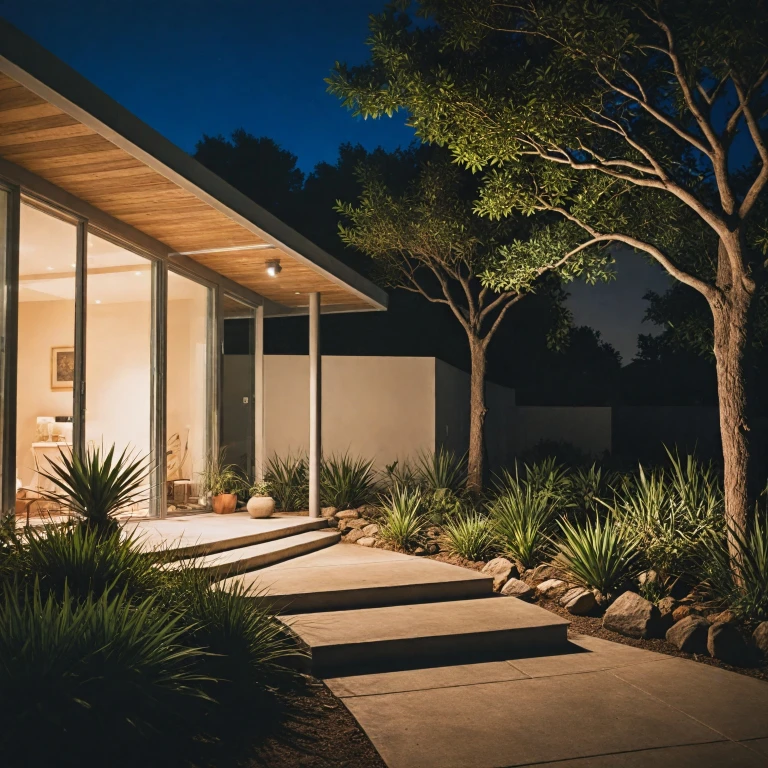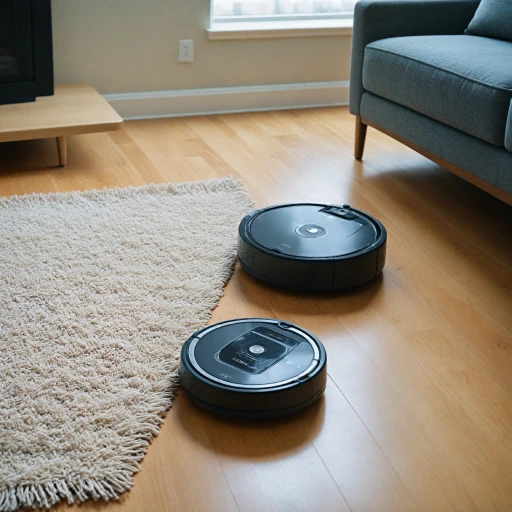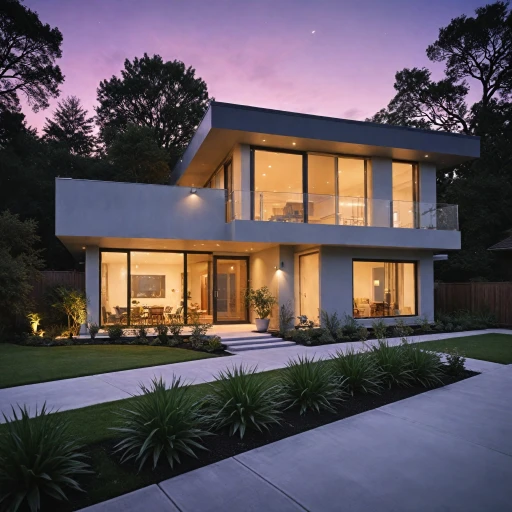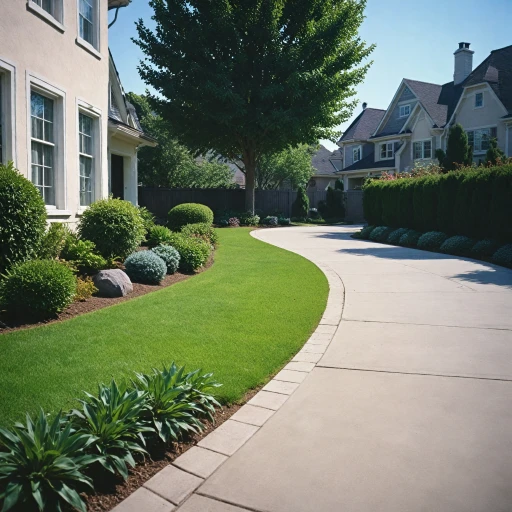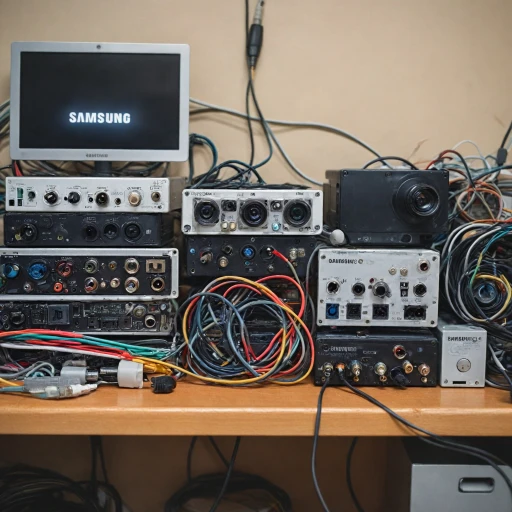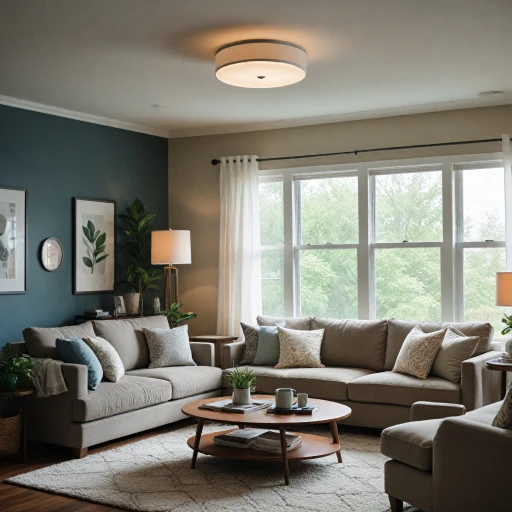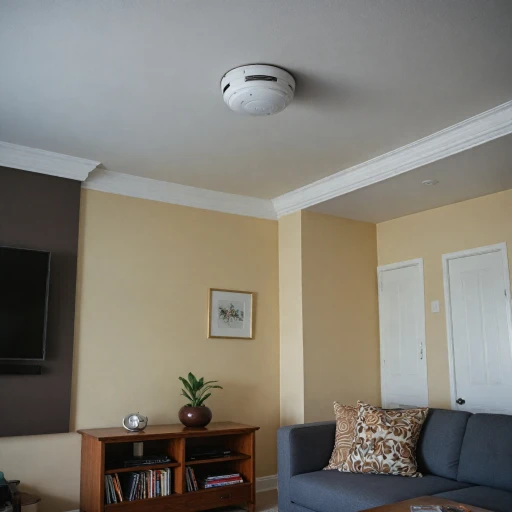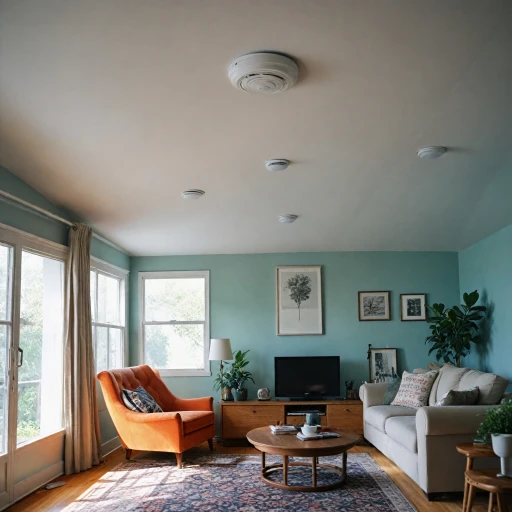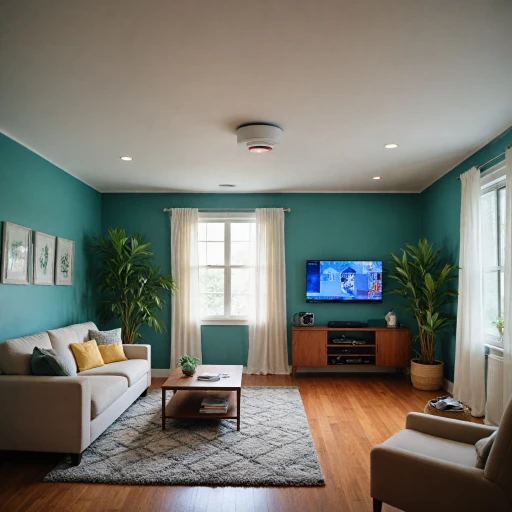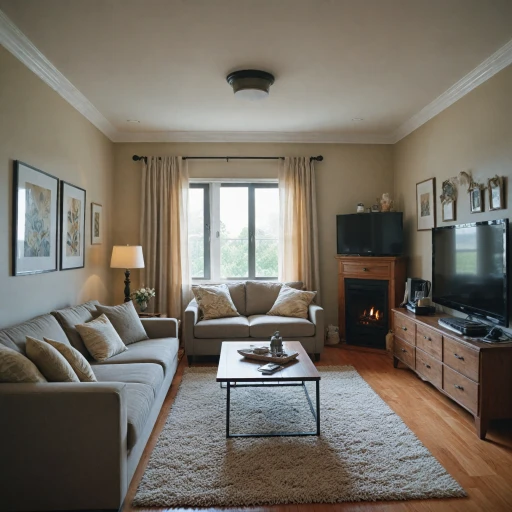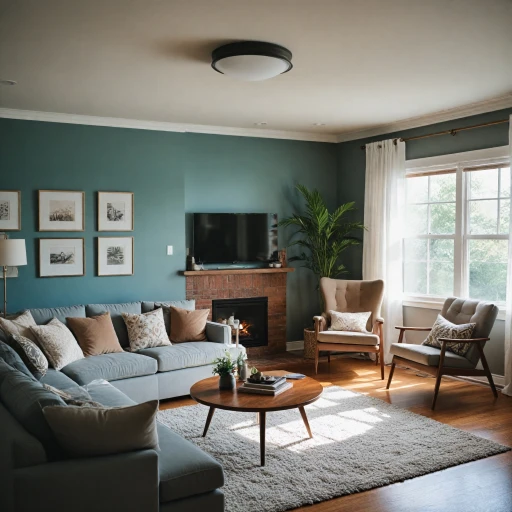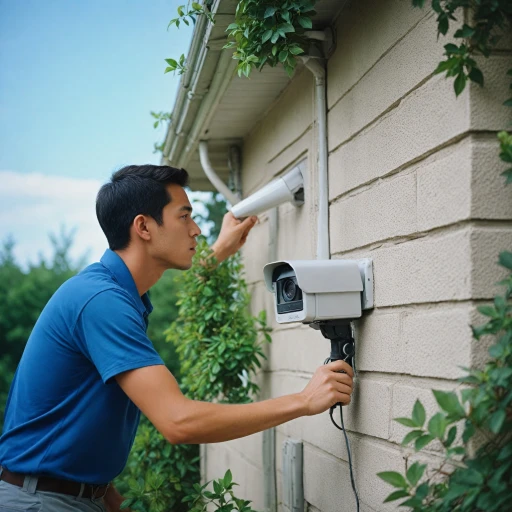
Understanding NVR Cameras
Introduction to Network Video Recorders
Network Video Recorders (NVR) cameras serve as a pivotal component in modern security systems. These cameras are part of a network-based solution that enables capturing, managing, and storing video feeds efficiently. Unlike the analog DVR systems, NVR systems process video data at the camera level, providing robust video quality.How NVR Cameras Work
NVR cameras operate by connecting to a network, usually through an Ethernet cable, utilizing Power over Ethernet (PoE) for both power supply and data transmission. This setup not only simplifies the wiring but also supports high-definition video streaming with minimal latency. The cameras encode and process video data within themselves and then transmit the footage over the local network to the NVR for storage or live viewing.NVR Systems vs DVR Systems
Differentiating between NVR and DVR systems is crucial for understanding their benefits. NVR systems use IP cameras and rely on digital signals, while DVR systems are typically associated with analog cameras with coaxial cables. The clarity and flexibility offered by NVR systems make them more suitable for modern surveillance needs.Importance of Storage and Channels in NVRs
When opting for NVR cameras, one significant consideration is the storage capacity and the number of supported channels. The more channels your NVR supports, the more cameras you can integrate into your system. It’s also vital to choose an NVR with sufficient storage to retain recordings over a desired period. For those interested in further details on the wiring and installation of surveillance equipment, understanding the wiring diagram for your garage door sensor can offer additional insights on integrating devices into a complete security system. Learn more by visiting this detailed guide. This overview lays the groundwork for identifying the numerous benefits NVR cameras offer, which include high-quality video, remote monitoring, and more, leading to an enhanced security posture for your home.Benefits of Using NVR Cameras
NVR Cameras: A Smart Investment for Home Security
NVR cameras stand out as a prime investment in home security due to their numerous advantages. Unlike traditional security options, these network video recorders offer unrivaled capabilities that cater to modern security demands.Superior Video Quality and Storage Solutions
One primary benefit of NVR systems is their high-resolution video quality. They handle IP cameras that can record in full HD or even 4K, offering a clear and detailed view that older DVR systems struggle to match. Enhanced image quality bolsters the effectiveness of motion detection and provides valuable surveillance footage that could be crucial in security scenarios. Coupled with significant storage capacities, NVR security cameras can maintain extensive video archives. Systems support various storage options, from large hard drives to external network storage, ensuring uninterrupted recording. Moreover, the compression techniques used in these systems efficiently manage storage without sacrificing image quality.Easy Integration with Modern Technology
In the digital age, integration with other tech is key. NVR systems seamlessly integrate with mobile apps, allowing homeowners to monitor their security cameras remotely via smartphones or tablets. This real-time access is invaluable for monitoring activity when away from home. Future-proof security systems like NVRs also support advanced features such as color night vision and PoE (Power over Ethernet), streamlining power and data transmission through a single cable, which is especially beneficial in reducing installation complexity.Scalability and Flexibility
NVR systems are designed to be scalable, meaning you can easily expand your security network by adding more cameras to the system as needed. Channels are configurable, supporting a variety of settings, ensuring your setup can evolve with your security needs. This flexibility is paramount for homeowners who may require additional cameras over time or need adjustments in their security coverage. NVR systems truly stand out within the realm of modern surveillance, thanks to their superior image quality, integration capabilities, and flexible configurations. Learn more about how these systems work, including how to choose the right security camera cords here, to further enhance your understanding of this effective security solution.Key Features to Look for in NVR Cameras
Crucial Elements for Selecting an NVR Camera System
When seeking an NVR camera system to enhance home security, it's essential to consider the key features that make a system efficient and reliable. Here are some crucial aspects:
- Storage Capacity: The storage capacity of the network video recorder (NVR) is vital for keeping recorded footage safe. Look for systems that provide expansive storage options without compromising performance, ensuring you don’t have to constantly manage storage space.
- Channel Support: Based on your specific security needs, consider the number of NVR channels your system supports. If you plan to integrate multiple cameras, ensure your NVR can manage several channels seamlessly.
- PoE Support: NVR camera systems that support Power over Ethernet (PoE) reduce cable clutter and simplify installation, as they allow both data and power to pass through a single cable. This feature can streamline your setup process significantly.
- Remote Monitoring: Opt for an NVR system that offers robust mobile app support, allowing you to access live feeds and recorded videos remotely. This capability enhances peace of mind when you’re away from home.
- Motion Detection: Effective motion detection is crucial for proactive surveillance. Check if the NVR system provides advanced detection capabilities that alert you to any suspicious movements in real time.
- Color Night Vision: Nighttime surveillance is an essential feature for any security system. Look for NVR cameras with enhanced night vision capabilities, like color night vision, which can provide clearer images in low-light conditions.
The right combination of these features ensures that your NVR security system is well-equipped to provide comprehensive and reliable home surveillance. When evaluating options, it's also beneficial to understand how these systems compare to other security alternatives. For more insights, explore our detailed discussion on the versatility of camera cubes for home security.
Installation and Setup Tips
Steps for Setting Up Your NVR Camera System
Setting up an NVR camera system can seem daunting, but with the right guidance, it becomes manageable. Ensuring optimal performance and security from your network video recorder (NVR) comes down to a few crucial steps.
Choose the Right Location
The placement of cameras is critical for effective surveillance. Choose locations that cover the main entry points to your home and any areas prone to unauthorized access. Consider opting for PoE (Power over Ethernet) cameras that can be conveniently powered through a single cable, simplifying the setup process.
Connecting Your Devices
Once your cameras are positioned, connect them to the NVR system. Typically, this involves plugging each camera into the NVR using network cables. Ensure that the channels on your NVR support the number of cameras you plan to install. Most modern systems come with multiple channel support, making it easier to add more cameras if needed.
Networking and Configuration
After the physical setup, connect the NVR to your home network. This step often involves entering network settings on the NVR interface, which can be accessed through a connected monitor or a mobile app to finalize the security system configuration.
Storage and Recording
NVR systems use hard drives for storing recorded videos. It’s essential to check the storage capacity of your system. Choose a storage size based on how long and how many channels you wish to record. Some systems offer cloud storage options, which may come with additional costs but provide an extra layer of security.
Testing and Adjustments
Once your camera system is configured, test each camera’s video feed and motion detection settings. Most NVRs offer features such as color night vision, making it easier to monitor areas at night. Adjust these settings for the best balance of security and functionality.
By following these steps, you can ensure a robust setup, enhancing the efficacy of your home security cameras. It's crucial to address any network or system challenges early on to maintain uninterrupted surveillance.
Common Challenges and Solutions
Addressing Typical Installation Issues
While setting up your new NVR (Network Video Recorder) camera system, you're likely to encounter a few challenges. However, with some guidance and persistence, these can be effectively managed. Let's identify some common hurdles and provide practical solutions.
Power Over Ethernet (PoE) Issues
A prevalent challenge in NVR installations is effectively powering the cameras, especially when utilizing Power Over Ethernet (PoE). PoE simplifies wiring by combining power and data transmission in a single Ethernet cable, but it requires compatible network switches. Ensure your network switch supports PoE or invest in a separate PoE injector.
Storage Capacity Limitations
Storage can also become a concern, especially with high-resolution video recordings. NVRs typically provide excellent storage options compared to DVR systems, but it's crucial to consider the storage capacity that your model supports. Plan for at least a few terabytes of storage space to accommodate high-definition recordings, and consider upgrading your network storage if needed.
Network Video Feed Delays
Delays in your video feed can result from network congestion or inadequate network bandwidth. Address this by optimizing the network infrastructure supporting your NVR security system. High-quality routers and increased bandwidth can help reduce such delays, enhancing the real-time monitoring experience.
Motion Detection Tuning
Setting up motion detection is another area where challenges arise. Finding the right sensitivity level takes some fine-tuning to avoid false alarms and ensure reliable detection. Adjust sensitivity settings and strategically position cameras to reduce interference and enhance motion detection accuracy.
Compatibility and Integration
Ensuring your NVR system integrates seamlessly with your existing security system can be daunting. Always verify compatibility between your NVR camera system and other devices, like mobile apps or existing cameras. Many NVRs offer compatibility with various security camera brands, but it's wise to double-check before purchasing additional units.
By anticipating these challenges and preparing accordingly, you can streamline the installation and operation of your NVR security camera system, ensuring top-notch home surveillance security.

